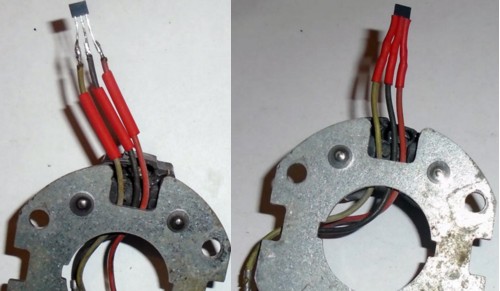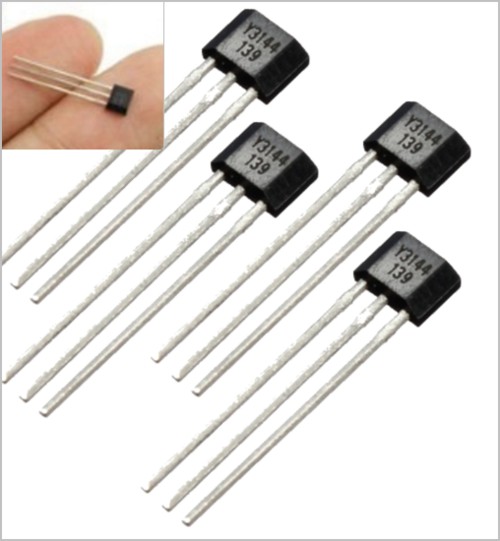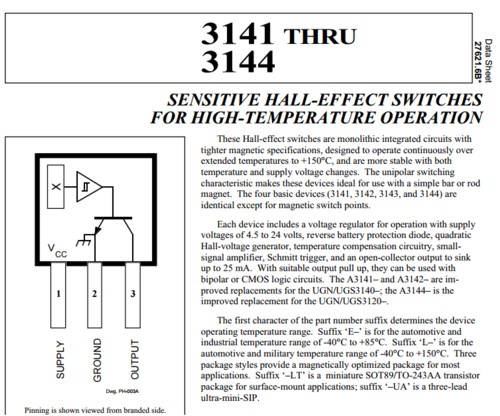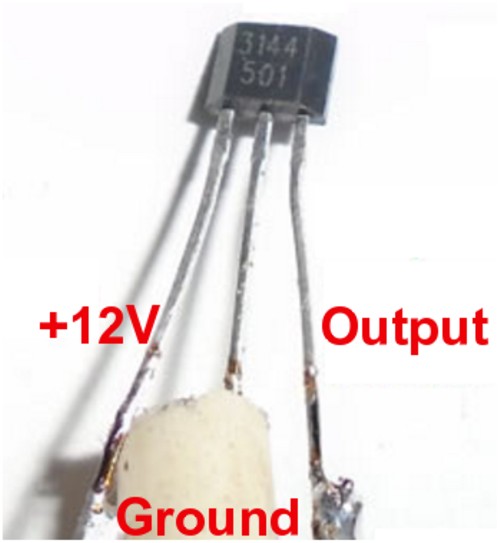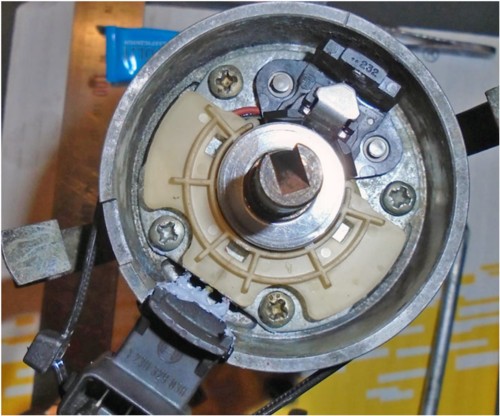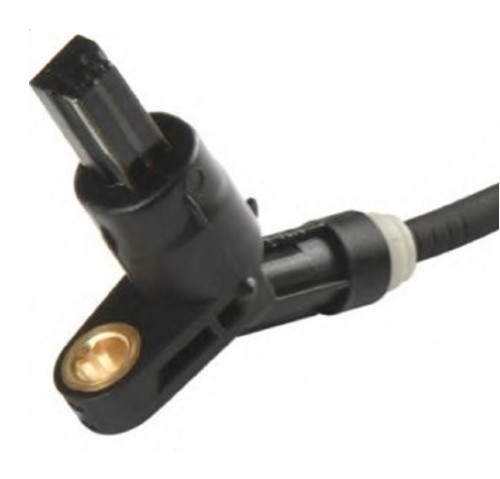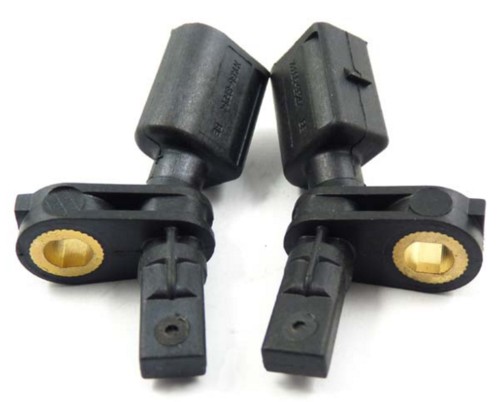EPC ELECTRONIC POWER CONTROL Q & A
Common causes for EPC warning light illumination
Over the past few weeks numerous questions came pouring in, really fast and furious, most of them at a loss about the EPC light on their vehicles. Below are a few of the VW owner's questions, accompanied by my answers that may have solve their EPC light problems. However, the symptom they present may be similar to your car's symptoms but the cause may not be identical, so therefore the answer may not exactly fit your problem, but it could at least but you the right track. If you suddenly see the yellow EPC dash board light illuminate on your Volkswagen, Polo, Golf, Kombie, Jetta, Passat etc. don’t panic.
The EPC light is amer/orange because it's an informational /warning light, whereas a red dashboard light calls for immediate attention, for example when the the oil or water dashboard lights comes on. EPC stands for Electric Power Control (EPC), and is a computerized ignition and engine management system that can alert you to a potential engine malfunction, as well as alert you to a variety of engine issues, though most of them are fairly simple to diagnose and repair. Bearing in mind other systems such as stability control and cruise control can also have an effect on the EPC system.
QUESTION:-
My VW Golf VI 2010 model shakes when I accelerate, then it suddenly looses power and the EPC light illuminates. Can you please help. What could be the cause of this and please tell me how to fix it.
ANSWER:-
Most VW engines have a flat-plane crank, meaning the inner two pistons move up and down together, in opposition to the two outer pistons, each providing 90 degree crank propulsion. When one of the cylinders are not doing their portion of the work, the crank is unbalanced and will cause the entire car to shake. This normally happens when either an injector or a coil on one of the cylinders is misfiring. Since the EPC circuit monitors the engine torque, it will illuminates the EPC light when it diagnoses that 25% of its torque is lost. By restoring the 25% torque by replacing the faulty component, either the coil or the injector by a process of elimination, the shaking will stop.
Then again, I experience severe shaking on my Polo 2.0 one day, for some reason o the other, two blades of he radiator fan snapped off and the centrifugal force of the two remaining blades shook my entire car really violently. Its the first time I experience something like that and at that moment in time I got such a fright, my heart was pounding in my throat.
_______________________________________________
QUESTION:-
I have a Golf Polo 2012 model that's been to the agents for regular diagnostic tests because its been more than a year that they've been trying to resolve the “EPC” light problem. The following items have been replaced but the light still comes on -
Ignition coil, Throttle Body, Accelerator pedal, Four injectors
Cambelt kit, RPM sensor .
ANSWER:-
Since so many components have been replaced, I would suggest you upload a diagnostic scan so that I can analyse it because the above looks like guess work. There are so many things that can trigger the EPC, but don't replace anymore components until you've checked:-
1) The rubber hoses to the MAF for cracks,
2) Cleaned out the tar-like deposits in the throttle body,
3) Cleaned the idle speed control and butterfly valve with Wynn’s Throttle Body and Air Intake Cleaner,
4) Performed a throttle body adaptation,
5) Checked that the knock sensors are properly torqued,
6) Checked for the correct spark gap on your spark plugs,
7 Checked that your engine temperature coolant sensor works,
8) Checked that your fuel cap seals properly,
9) Checked that your fuel pump isn't noisy, because if it is, its probably pumping under the required pressure.
10) Checked the wiring loom connecting to the pencil coils and the fuel injectors for intermittent contact.
_______________________________________________
QUESTION:-
Please tell me why does my Polo's engine switches off while I'm driving? When I try to accelerate there's no power and when I looked at the dashboard, the EPC Dashboard Warning Light is on. That's when I realize the engine is not running. But thereafter my Polo wouldn't restart, not until it cooled for a while. Then my polo will then drive perfectly normal until the next time the EPC light comes on again.
ANSWER:-
This sounds very much like an Engine Speed Sensor problem. Normally when they do go faulty the car will not start at all. It is common for the EPC light to come on, by which time the engine died and after about 2 hours everything is back to normal. However its seems like your Polo's sensor is just starting to give trouble. This is a hall sensor, that generates a waveform whenever it senses the rotational magnetic pulse. But when it gets too hot, it starts to fail. I've had hall sensors located inside the distributor go faulty on Opel Kadett GSI due to engine heat in peak hour traffic but after it cools down, the Opel starts and drives normal. It seems like hall sensors don't like heat.
_______________________________________________
QUESTION:-
I had my Volkswagen cc R-Line's brake pads replaced after 48,000 kilometers but now every time when I accelerate the EPC light comes on and there's no power. I'm totally miserable because the car is now useless. Can you please shed any light on this matter?
ANSWER:-
Dude, its more likely than not that you've picked up a wheel speed sensor problem from your mechanic. One of two things, either the plug to the ABS wheel sensor isn't making good contact / the wire from the sensor is broken off or the gap between the ABS sensor and the disk is wider than it should be. It's very unlikely that the sensors are faulty because it probably worked fine before your mechanic replaced the pads. A telltale sign is that your speedometer isn’t working because the front sensors are also the input for the speedo.
_______________________________________________
QUESTION:-
I was cruising on the freeway and suddenly the power just cut out and there was no more acceleration and the EPC light went on. I thaught my VW Jetta ran out of fuel because the fuel gauge was on empty but it didn't because I could still drive it slowly. but it wouldn't revv up. I took it to the agents who said it was caused by driving with a little fuel in the tank. But now the same thing has happened to me four times thereafter. What can I do because the agents say there is nothing wrong.
ANSWER:-
If truth be told, your intank fuel pump must have overheated when you were driving with an empty tank. Remember the fuel pump is cooled and lubricated by the fuel in the tank and when there is no more fuel to cool and lubricate, the pump can overheat. Also, if there is debris in the tank, it can block the filter or pipe attached to the pump. Since this is a low pressure pump it won't have force to clear the debris and wont be able to feed fuel to the high pressure pump driven by the camshaft. It's probably best to have your fuel line cleared under pressure alternatively replace the fuel pump.
_______________________________________________
QUESTION:-
I have an Audi A4 with a early model 2.0T engine. For the past few weeks starting from cold in the morning has been a problem but since yesterday, it seems to have lost all power it power and the EPC light is on. With the pedal to the floor in any gear, the rpms increase but the car just won't pickup speed.
That seem to a common issue with the older Audi A4 models. It's normally the high pressure fuel pump pawl that's busted, which probably destroyed the lobe on the camshaft as well. Sometimes the pressure of the camshaft hollows out and destroys the cylinder head. Check the high pressure at the output of high pressure pump, it it's low then it's definitely the pump and camshaft combination.
